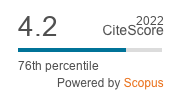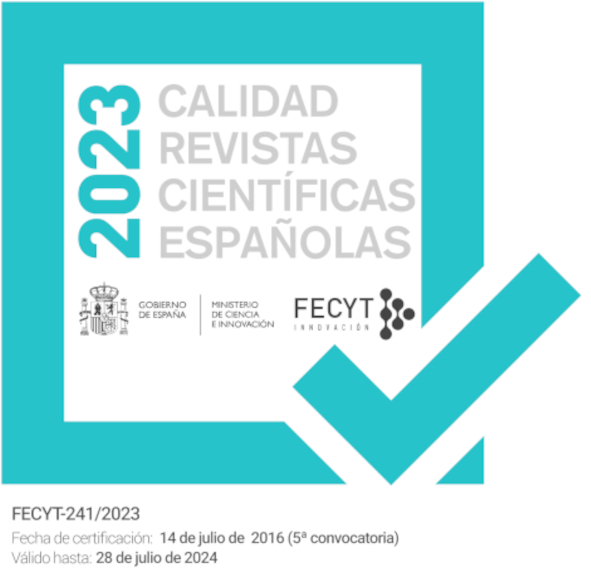Temporal variability of gully erosion in valley bottoms with dehesa land use system
DOI:
https://doi.org/10.18172/cig.1223Abstract
This paper analyzes gully erosion in valley bottoms of rangelands with a disperse tree cover in SW Spain (dehesas) and its relation with hydrology and land use. The study was carried out in a small catchment (99.5 ha). Two different approaches were used; i) first, gullying was determined by means of a repeated survey of topographic cross sections and discharge and rainfall were monitored continuously since 2001, ii) secondly, the evolution of the gully and land use was analyzed using maps elaborated from aerial orthophotographs for the period from 1945 to 2006. Sediment losses present strong temporal variation. Although data indicate a relation between discharge and gullying, no simple relationship exists. Different erosion processes operating in the channel add to the complexity, varying in space and seasonally, indicating the importance of the water content of the gully banks and sediment availability. Regarding the area affected by gullying, the analysis of the aerial orthophotographs shows an increase from 695 m2 in 1945 to 1009 m2 in 2006, reaching a maximum of 1560 m2 in 1956. This gullied area is closely related with land use, especially with the amount of cultivated areas within the catchment, with a similar evolution during the study period.Downloads
Download data is not yet available.
Downloads
Published
03-06-2013
How to Cite
1.
Gómez Gutiérrez A, Schnabel S, Sanjosé Blasco JJ. Temporal variability of gully erosion in valley bottoms with dehesa land use system. CIG [Internet]. 2013 Jun. 3 [cited 2024 Apr. 20];35(2):289-304. Available from: https://publicaciones.unirioja.es/ojs/index.php/cig/article/view/1223
Issue
Section
Articles
License
The authors retain copyright of articles and authorize Cuadernos de Investigación Geográfica / Geographical Research Letters the first publication. They are free to share and redistribute the article without obtaining permission from the publisher as long as they give appropriate credit to the editor and the journal.
Self-archiving is allowed too. In fact, it is recommendable to deposit a PDF version of the paper in academic and/or institutional repositories.
It is recommended to include the DOI number.
This journal is licensed under a Creative Commons Attribution 4.0 International License











